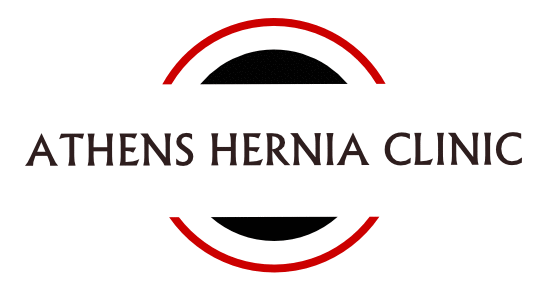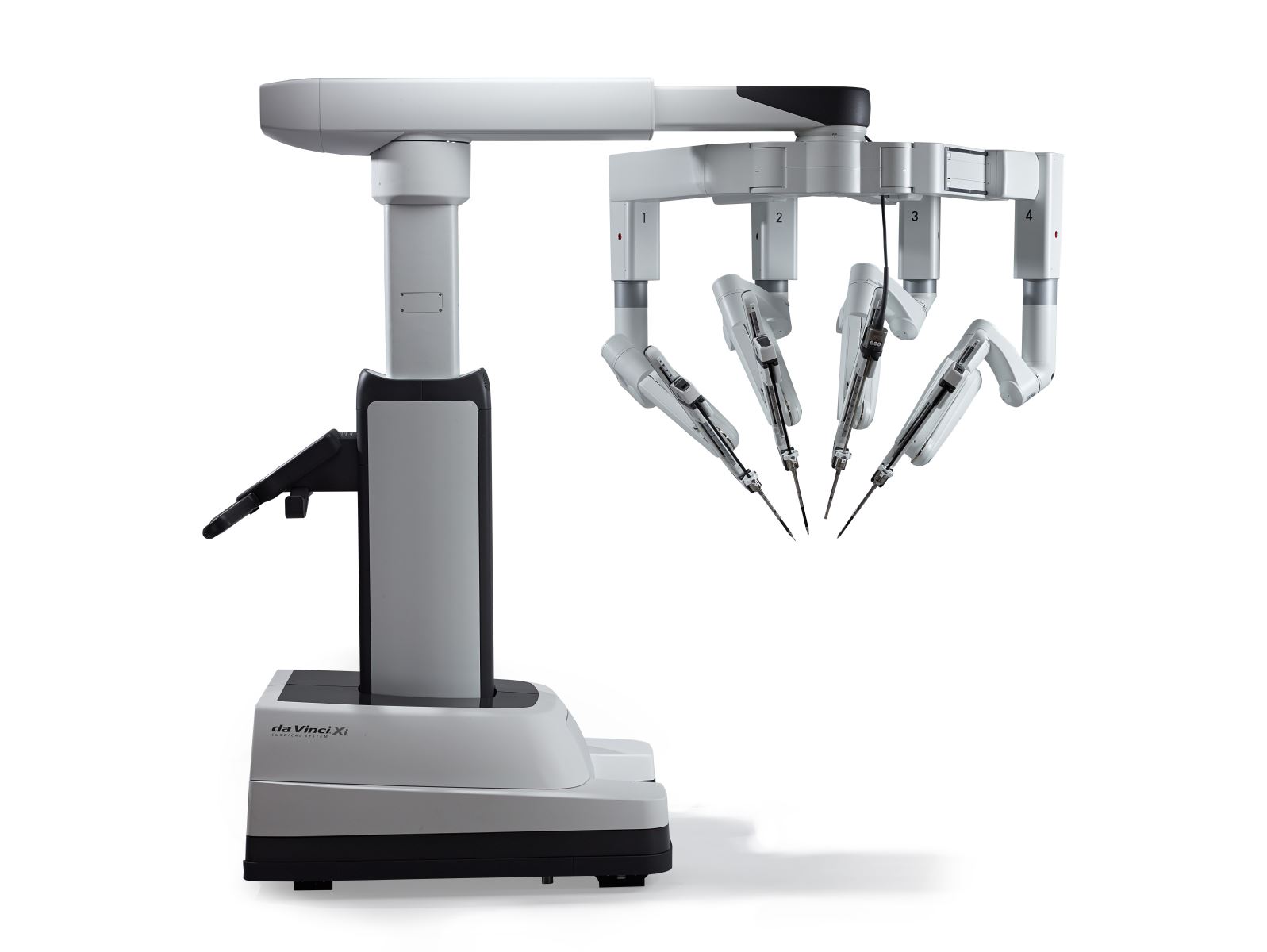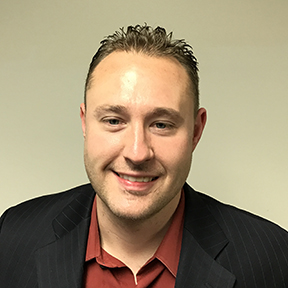Piedmont Athens Regional Robot named Munson
What is robotic surgery?
Robotic surgery is the most recent and innovative surgical technique and became available in the late 1990s. Building on the techniques for laparoscopic surgery, the surgical tools inserted into the patient through the ports are connected to robotic arms rather than held by the surgeon. The robotic arms, however, are fully controlled by the surgeon. The level of surgical precision in robotic surgery is unsurpassed, and there are numerous other advantages as well. The technology in the robotic platform has improved so much that in the past few years it has been adapted to hernia repairs, Piedmont Athens Regional has the newest and most state of the art robotic platform on the market.
The Robotic Surgical System is a tool that utilizes advanced, robotic, computer and optical technologies to assist Dr. Webb with individual surgery. It does not act on its own and its movements are controlled by Dr. Webb.
During robotic-assisted surgery, Dr. Webb is 100% in control of the robotic component. This allows smaller and more precise hand movements of tiny instruments inside the patient’s body by the following features and benefits of the system:
- Wristed instruments that bend and rotate to mimic the movements of the human wrist – allows Dr. Webb to make small, precise movements inside the patient’s body
- 3D-HD vision system, special instruments and computer software that allow Dr. Webb to operate with enhanced vision, precision, dexterity, control, with magnification like a microscope.
- Minimally invasive surgery (surgery through small incisions) which allows the patient to have minimal scarring and better recovery healing.
The Robotic System is used for many commonly performed surgical procedures, in the areas of General Surgery (Dr. Webb’s specialty), Gynecology, Urology, Thoracic, and Cardiac and Head & Neck surgery.
Who is on the surgical team for robotic surgery?
The surgeon sits at a specialized control center known has a console where he or she controls the camera, robotic arms, and other equipment. An assistant sits at the patient’s bedside and uses laparoscopic tools through ports to provide suction, change robotic tools, adjust the robotic arms as needed, and to introduce stitches. Dr. Webb uses his own assistant,Sharay Oglesby who has been trained on the robotic platform. A scrub technician sits on the other side of the patient to provide tools and sutures and to adjust the robotic arms. The anesthesiologist remains at the patient’s head, providing anesthesia and monitoring the patient’s heart and lungs. Piedmont Athens Regional has a dedicated robotic team to ensure your surgery goes the best it can. Here is part of the team :
What are the benefits of robotic surgery?
The advantages of robotic surgery for the patient are significant and may include:
- Shorter hospital stay
- Less blood loss
- Fewer complications
- Less need for narcotic pain medicine
- Faster recovery
- Smaller incisions resulting in minimal scarring Patients also benefit from the high-tech nature of the equipment. The robotic camera provides ten-fold magnification and three-dimensional vision rather than the two-dimensional vision of a laparoscope. The robotic arms move with incredible precision, moving in, out and with a wrist-like turning motion of 360 degrees. Human tremor is filtered out completely. The surgeon and surgical team work from a comfortable, ergonomic position, resulting in less fatigue during long complex cases. The robot also allows the surgeon to suture with precision as opposed to using a staple gun with laparoscopic procedures.
- The small incisions made to allow access for the surgical tools and camera mean less blood loss, lower risk of blood transfusion and infection, decreased need for pain medication and a quicker recovery and return to normal function. Most the time it is an outpatient surgery for hernia repair
Is everyone a candidate for robotic surgery?
Robotic surgery is appropriate for many different types of hernias. Prior surgery and size of the hernia decides if you are a good candidate.
There are instances when patients may not be able to continue with a robotic surgery. Some people cannot tolerate the inflating of the abdominal area with carbon dioxide. This is most common in smokers who already have higher levels of carbon dioxide in the blood. If it’s not possible to safely provide enough oxygen to the body, the robot would be removed and an open incision made to complete the surgery.
What types of hernia can be repaired with the robot?
- Inguinal Hernias
- Ventral Hernias
- Incisional Hernias
- Femoral Hernias
- Spigelian Hernias
- Flank Hernias
- Parastomal Hernias




